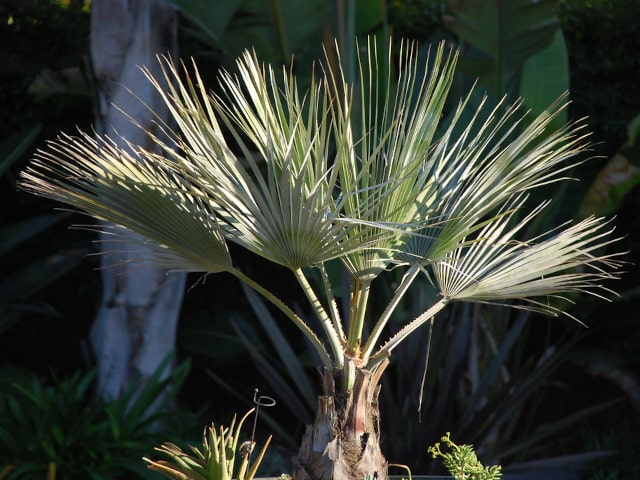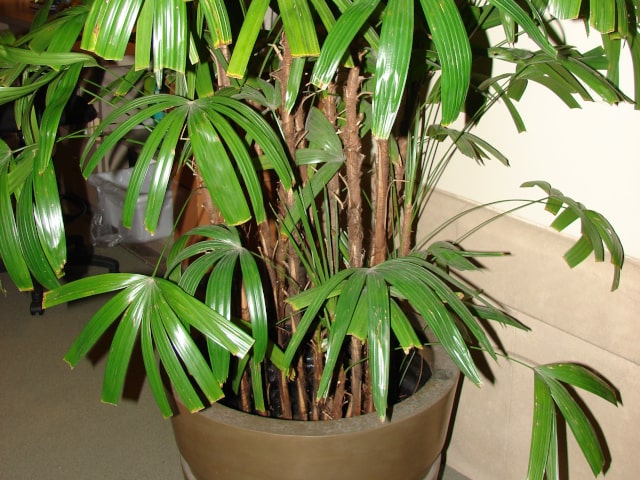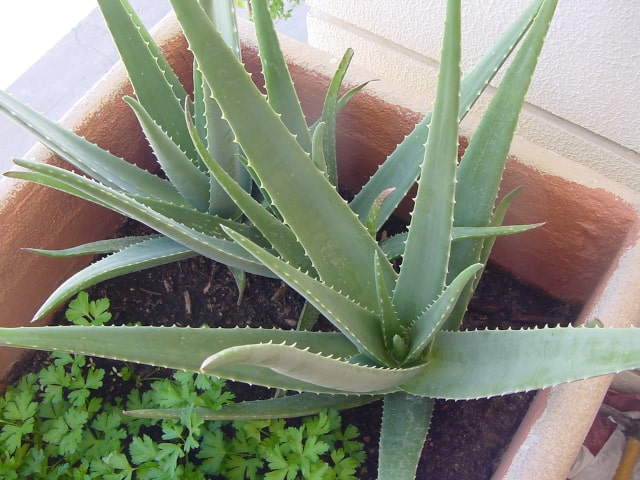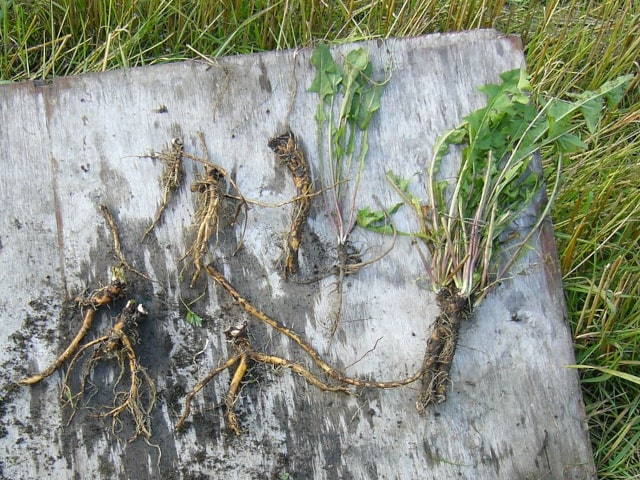
Most people associate palm trees with tropical, warm climate. While there is some truth in this belief, it's also important to note that there are cold hardy palm trees. These palms can easily handle deep winter freezes and very cold temperatures, even in the subzero ranges.
If you wish to grow palm trees in moderate to cold climates, there are several things to keep in mind. When choosing your palm tree, pay special attention to these factors:
Species
It's important to choose one of the palm tree species which can handle cold climates. Also, keep in mind that each of these species handles cold temperatures in a different way. Palm trees have originated from different countries so they have different hardiness and tolerance to cold temperature. The easiest way to determine the lowest temperatures that certain species can tolerate is to consider their natural habitat. Each species is adjusted to certain weather conditions, and it makes certain species more cold hardy than others.
Acclimatization (Winterization)
Where was it grown? When purchasing a clod hardy palm tree, it's vital to choose palms grown in cold weather. These palms are acclimated to tolerate cold weather areas. The same species grown in a warm climate won't be able to handle cold temperatures well and might even die. It all depends on nurseries. Most nurseries are located in the warm climates, so their palm trees never experience cold temperatures. These palms can hardly survive in a colder climate even if they belong to a cold hardy species. All cold hardy palms have to be acclimatized. This should be done slowly to avoid shock. For these reasons, it's important to choose trusted palm nurseries that care about acclimatization.
Health
Healthy plants have more chances of surviving even the coldest temperatures. The healthier the palm is, the more chances it has to survive winter temperatures. It's important to provide your palms with enough nutrients during these months to help them survive the cold.
Maturity
Palm maturity is also important. Mature palm trees have thicker trunks as well as more leaves to protect the buds. These factors give the plant more chances of surviving the cold weather. Another important thing to keep in mind is root system. Older, established palms have a more extensive root systems. Another thing you should remember is that if you transplant a mature palm to a new location but don't give it enough time to establish enough roots before the winter, it might not survive the cold weather. For these reasons, it's always recommended to plant all palm trees in spring so they have enough time to develop strong root systems. Some of the cold hardy palm species develop a husk, a protective outer layer of fiber. It protects the trunk from cold. Young palms, on the other hand, have thinner bark and a smaller root system so they might not be strong enough to recover from cold weather.
The Most Popular Cold Hardy Palms
Here is a list of the most popular cold hardy palms ideal for your garden. These palms are easy to grow and maintain, they have a long life span and they can survive in colder climates. They are are available from many places specialized in palm trees.
Some of the most popular cold hardy palms include:
- Bismarck Palm Tree (Bismarckia nobilis): This species is native to Madagascar. It is easy to grow and requires low maintenance. When mature, this palm can tolerate temperatures down to 15-20F.
- Cabbage Palm Tree (Sabal palmetto): This palm is native to North America. This is a very durable species. It can tolerate many different weather conditions, including cold and drought. It is also very tolerant to various soils. When mature, it can tolerate temperatures down to 10-15F.
- California Fan Palm Tree (Washingtonia filifera): This species is native to North America and it's particularly popular in the southwest. Can tolerate drought very well. When mature, this palm tree can tolerate temperatures down to 15-20F.
- Chinese Fan Palm Tree (Livistona chinensis): This palm is native to China and southern Japan. It is widely grown in southwest US. It can easily tolerate drought and temperatures down to 10-15F when mature.
- European Fan Palm Tree (Chamaerops humilis): This palm tree is native to Mediterranean area. This is a slow growing, bushy evergreen palm. It is very attractive and tough - it can tolerate cold temperatures down to 5-10F.
- Mexican Fan Palm Tree (Washingtonia robusta): This palm is native to Mexican desert regions. When mature, it can tolerate temperatures down to 15-20F.
- Needle Palm Tree (Rhapidophyllum hystrix): This palm tree is native to southeastern US. It's a slow growing species. It is a very tough species: when mature, it can tolerate extreme cold and temperatures down to -10F.
- Pindo Palm (Jelly Palm) (Butia capitata): This is a palm native to South American savannahs. It's a slow growing palm tree. It does require some maintenance. While it can survive cold, it's important to know that temperatures below 5 degrees will cause damage.
- Sago Palm Tree (Cycas revoluta): Cycads are among the oldest plants on Earth. They are originally from East Africa. These plants can tolerate temperatures down to 5-10F.
- Saw Palmetto Palm Tree (Serenoa repens): This is a Florida native. It's a slow growing plant and very tough. It can tolerate extreme cold: it can survive on temperatures down to 0-5F.
Photo credit: mtnbikrrrr




0 Comments